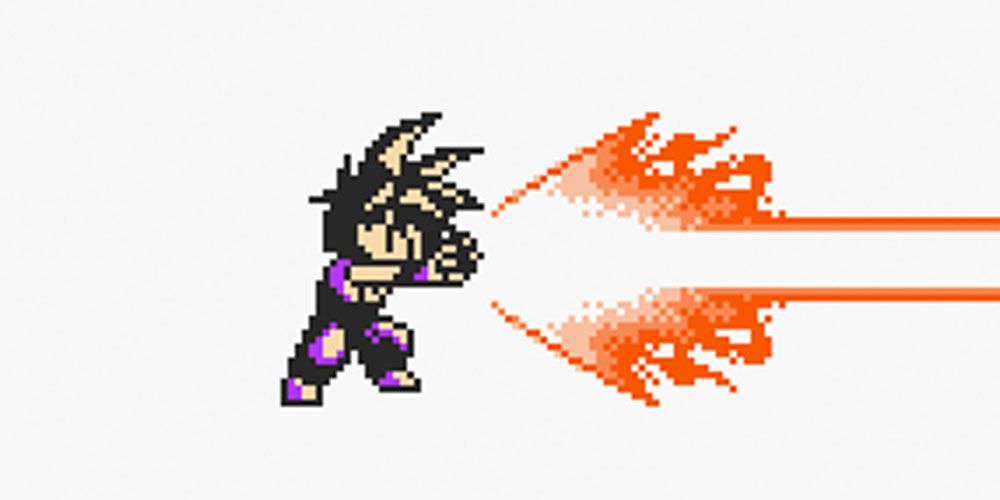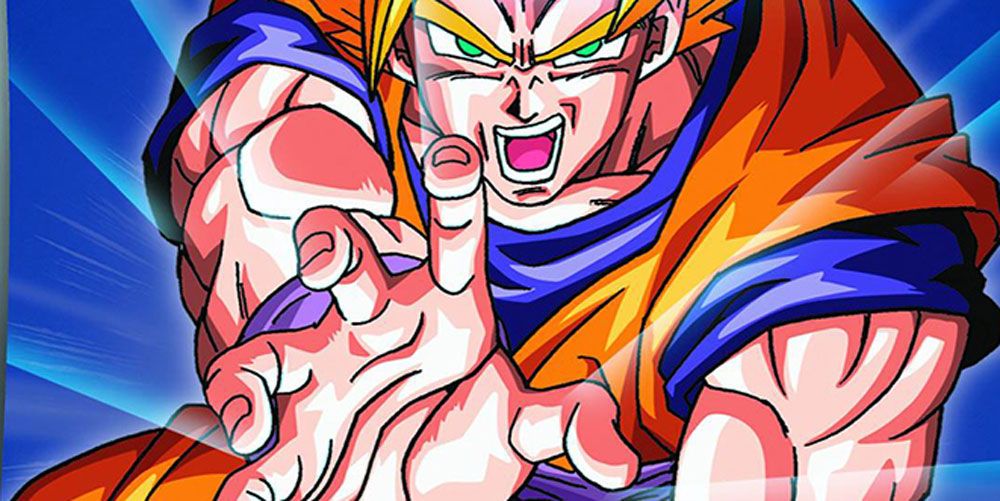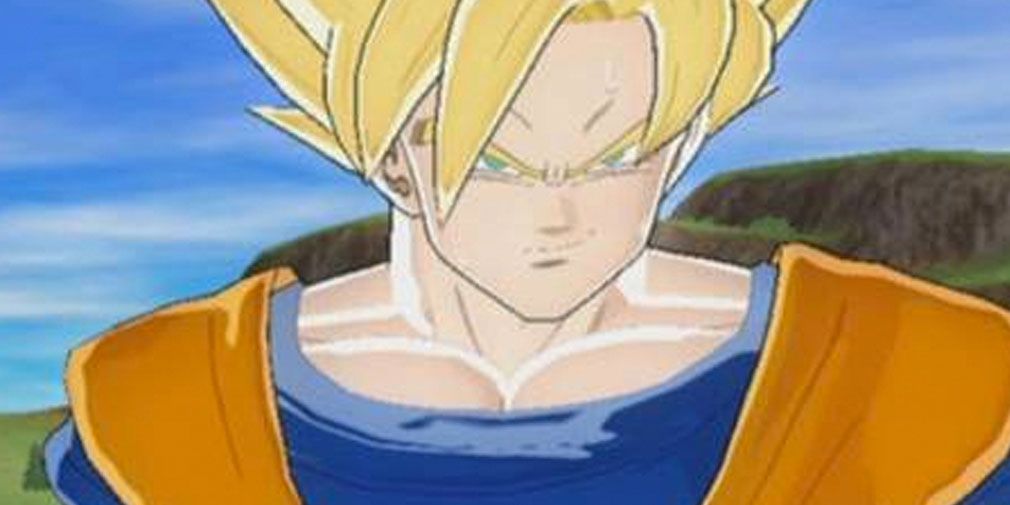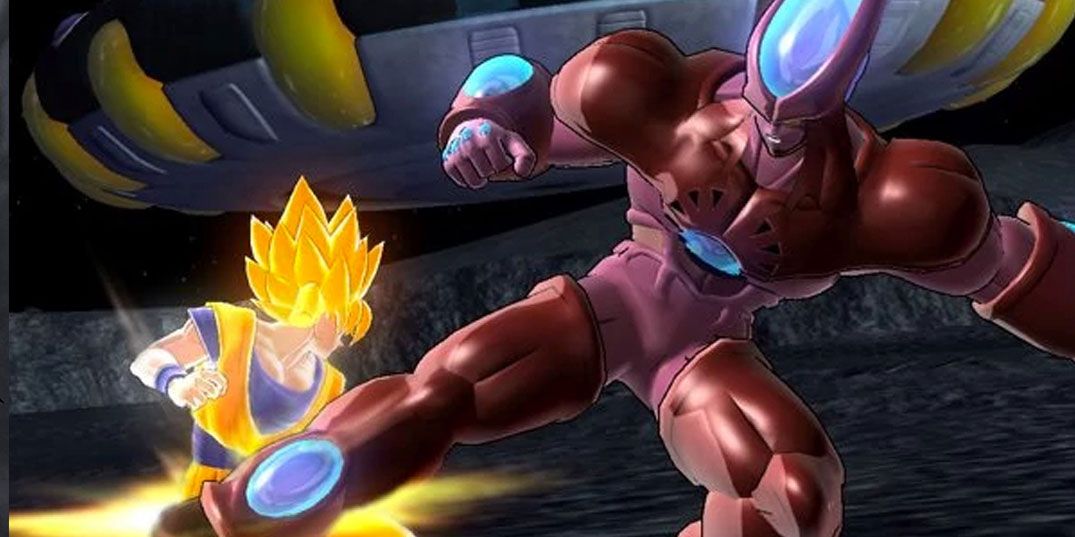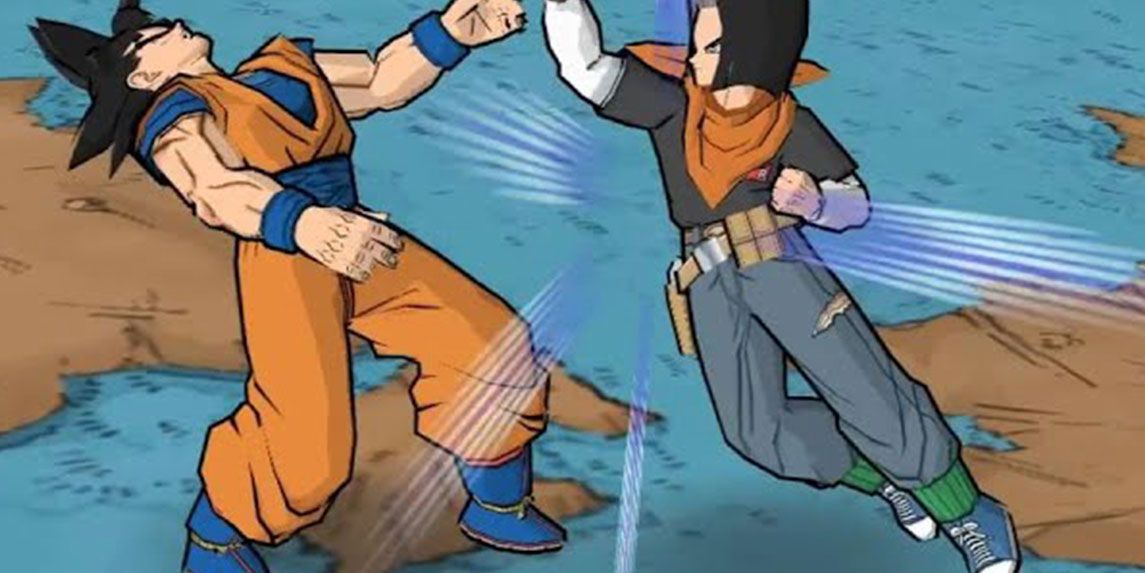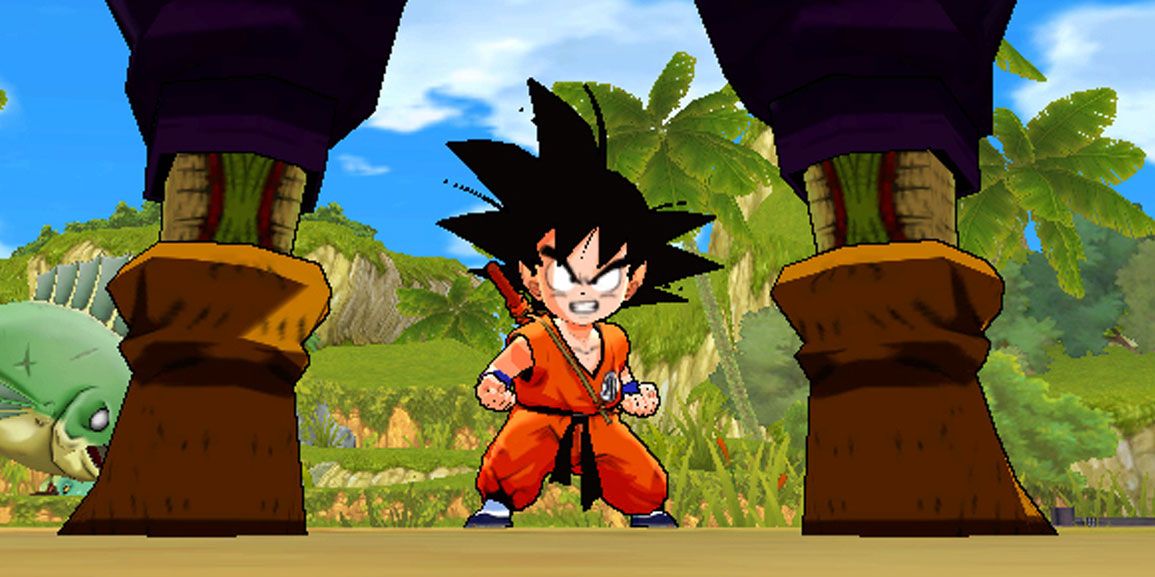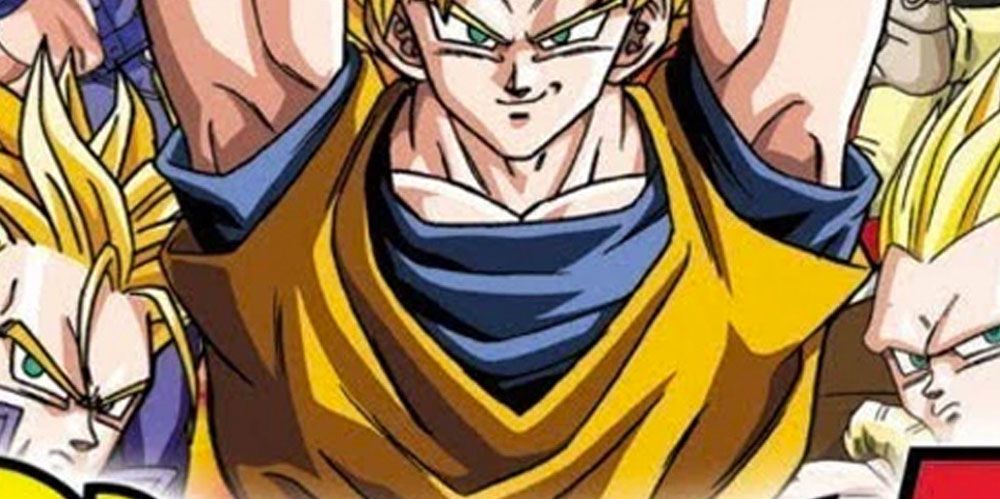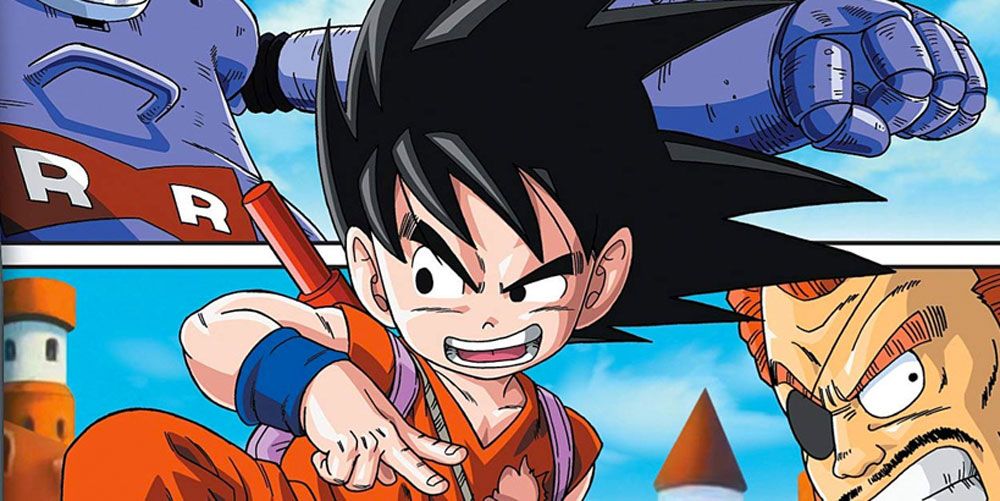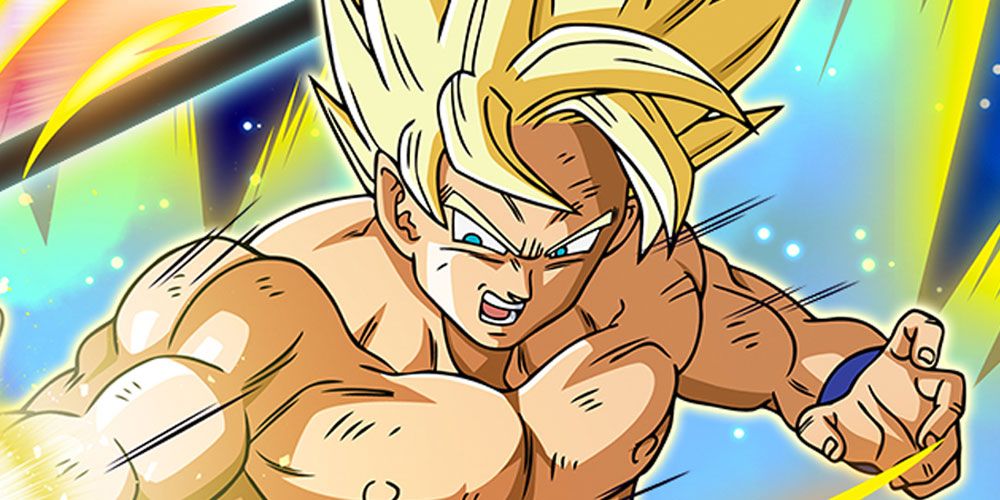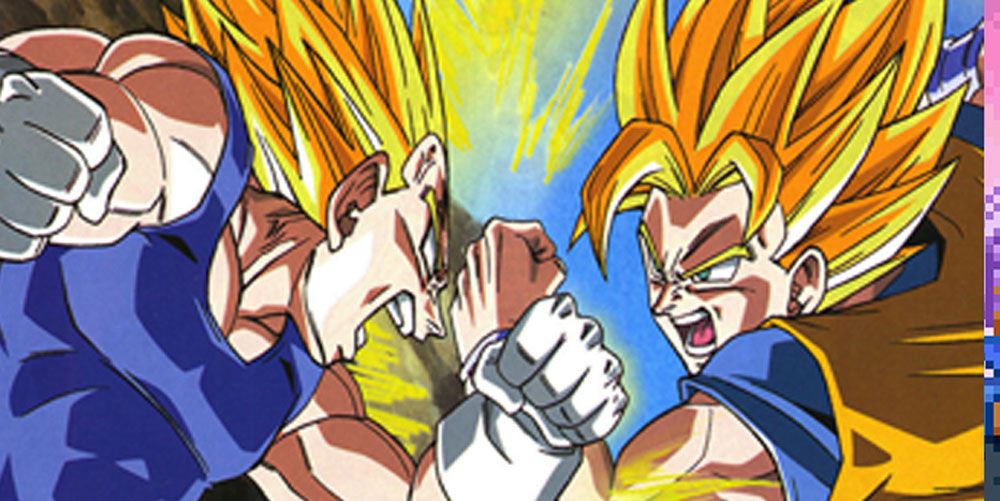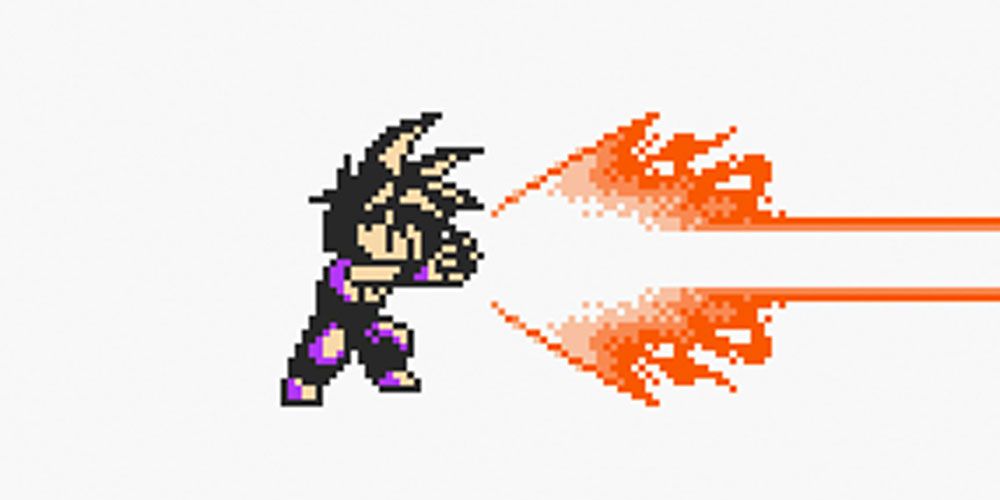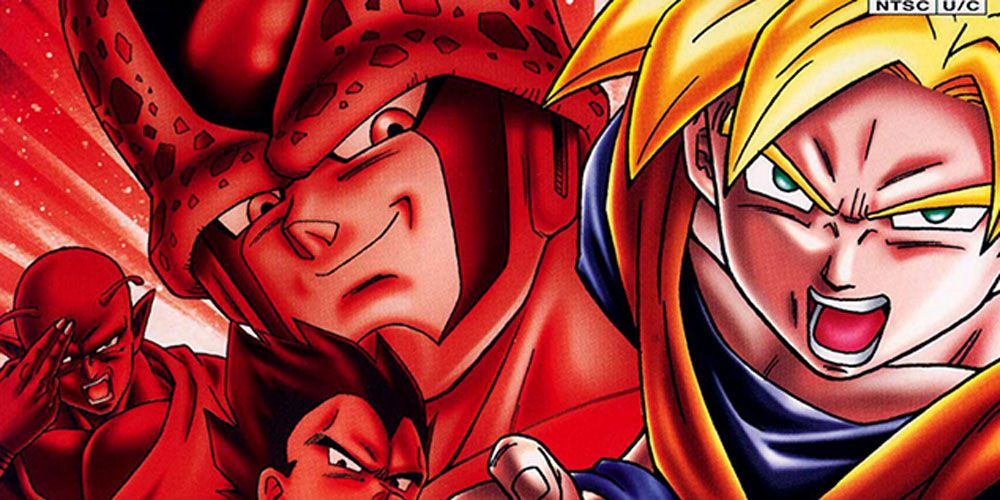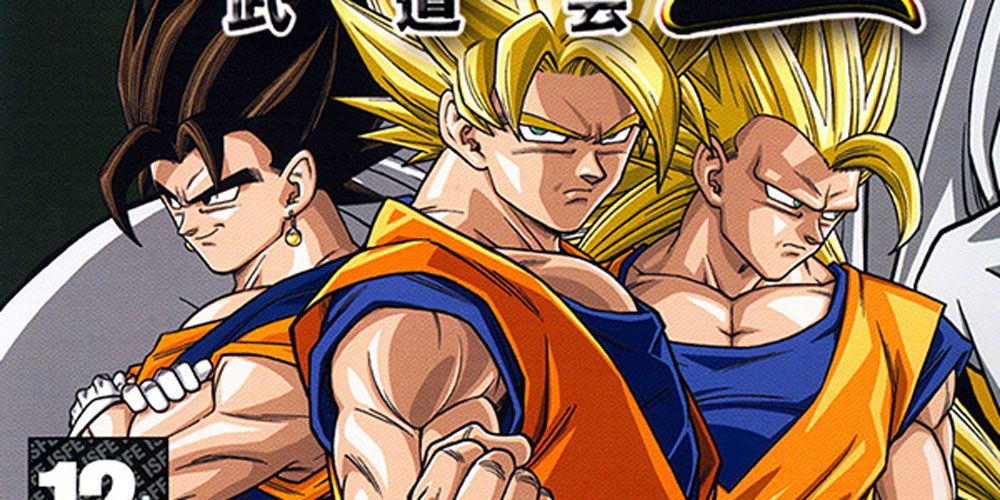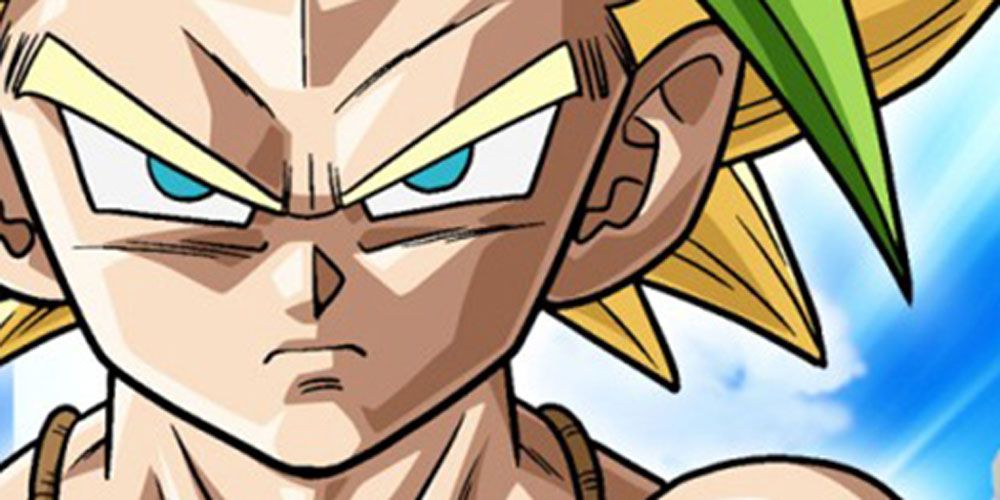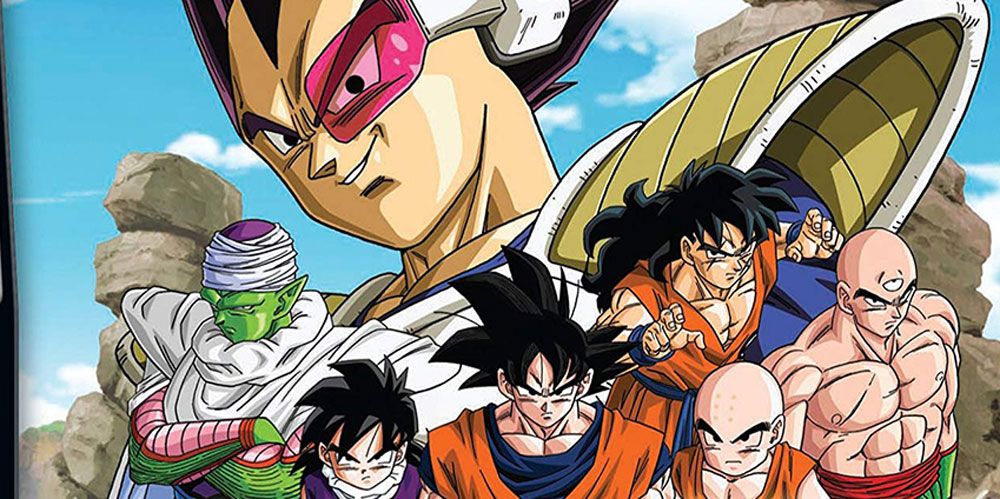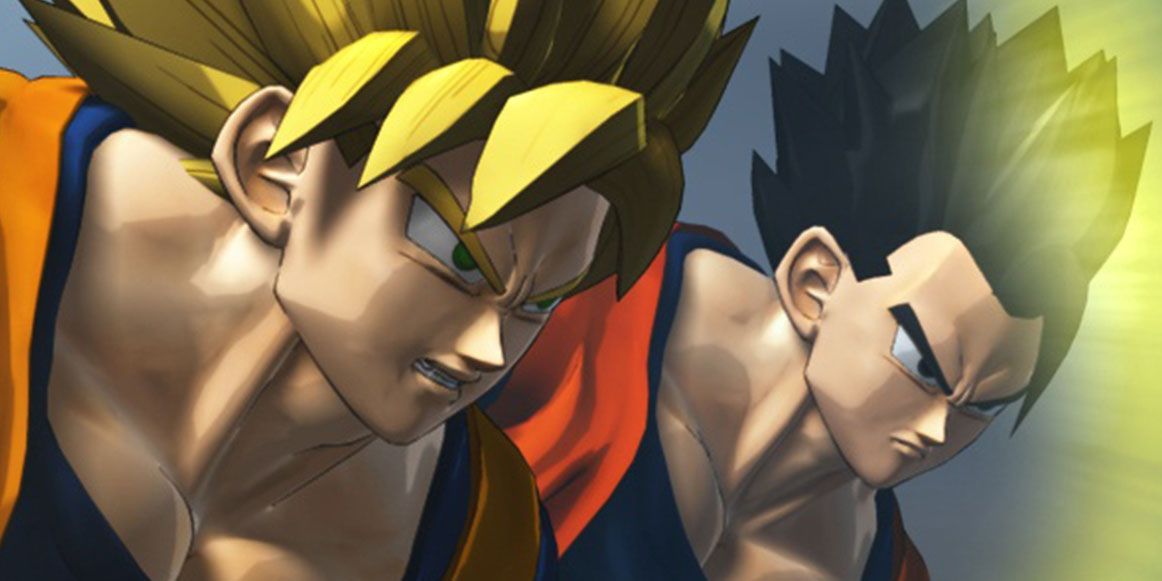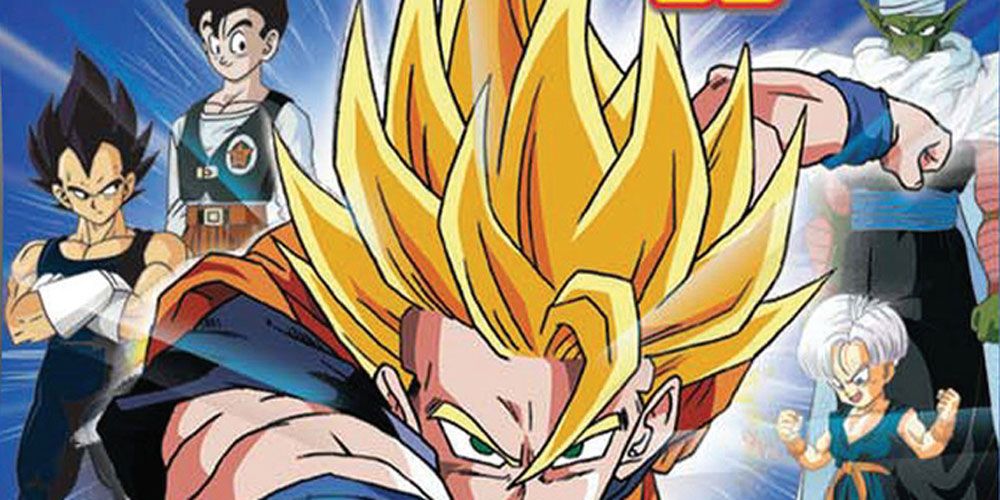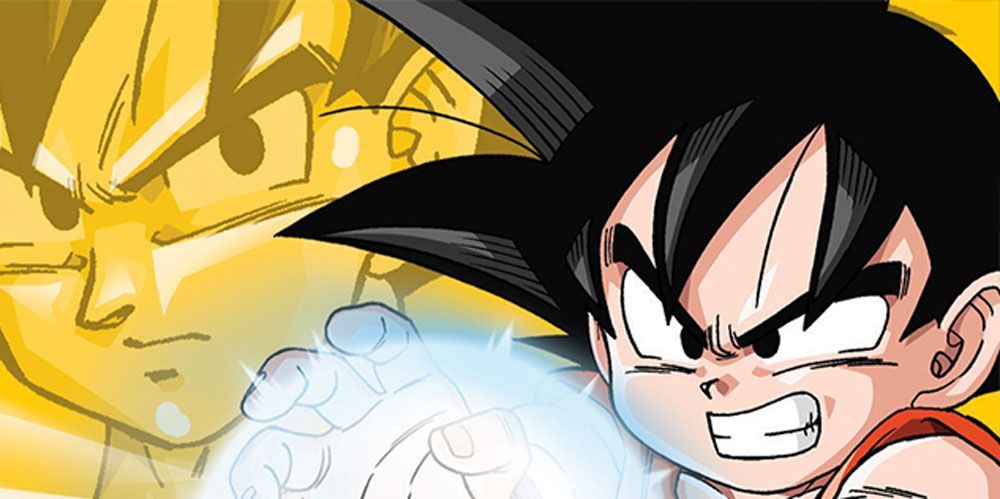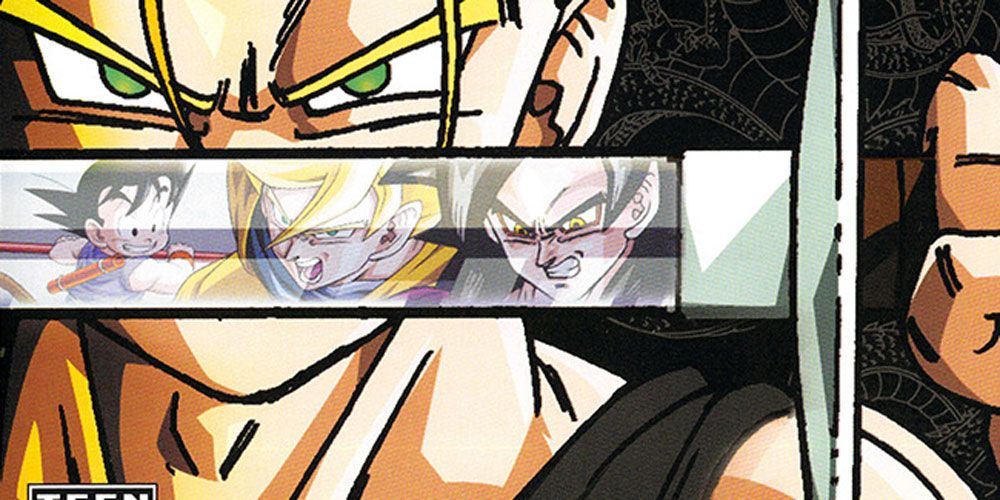Dragon Ball is easily one of the biggest, if not the biggest, anime franchises of all time, and with any big franchise, anime or otherwise, video game entries are bound to happen, and this is definitely the case with Akira Toriyama's hit series. Very early on, Dragon Ball was adapted into a number of video games. In fact, a Dragon Ball GT video game came to the states before Dragon Ball Z was even brought over, which goes to show how big the video games were to the franchise. With such a long list of Dragon Ball video games, the question arises of which are the best amongst the numerous titles that have been released. Well, worry not, CBR is here to rank some of Dragon Ball's best video games for you right there.
However, since, as we mentioned, there are a lot of Dragon Ball video games, we have a few prerequisites to figure out our ranking. First of all we're going to look at games from the year 2000 and on, since most games before that were rather simple and it helps reduce the number a bit. Second, we are only looking at games that received scores—averaged between the the user and critic ratings—of 60 or above on Metacritic, a scale which we used as the basis for our overall ranking. However, Metacritic isn't the only thing that will determine the ranking, we'll also take into consideration the overall fan love of the game, whether or not the game tried something new or interesting and if the game has outstanding elements that outshine its bad parts.
25 LEGACY OF GOKU
First up is a game known as Dragon Ball Z: the Legacy of Goku, which came out for the Game Boy Advance in 2002. The game provided a lot of firsts for Dragon Ball games, like full motion gameplay as well as transformations, both of which would become standard parts of later games.
However, despite being the first game to include these now common elements, Dragon Ball Z The Legacy of Goku received mixed reviews, making our top 25, but still residing at the bottom of the ranking.
24 RAGING BLAST
Next up we have a game known as Dragon Ball Raging Blast, which came out for the PlayStation 3 and the Xbox 360 in 2009. Raging Blast was criticized for convoluted controls amongst other issues, but fans gave it positive feedback despite this.
Simply because of how much fan love of this game outweighs the bad reviews, we decided to include in the top 25, ranking it as 24 overall, since it did a few things right, specifically in the Super Battle Trial part of the game.
23 RAGING BLAST 2
The sequel to Raging Blast managed to do a bit better than its predecessor, especially in Japan, where it was the best selling game in November of 2010, beating out a Mario game and a Pokemon game—an impressive feat.
The gameplay was slightly improved in the sequel, as were the graphics—which looked more like the anime—and the versus mode, all of which were praised amongst the other, lesser parts of the game. Raging Blast 2 also earns points for including an OVA that's worth a watch, putting it at number 23 on our list.
22 SUPER DRAGON BALL Z
Next up we have a 2006 PS2 title that actually originated as an arcade game, Super Dragon Ball Z. Not to be confused with Dragon Ball Super, this game was made with the help of former Street Fighter producer, Noritaka Funamizu, who helped bring traditional fighting game mechanics to the game.
Super Dragon Ball Z featured destructible environments and a number of different game styles, all of which resonated rather well with fans, earning it a decent reception by critics as well as the spot of number 22 in our ranking.
21 REVENGE OF KING PICCOLO
Next up is a Wii title from 2009 by the name of Dragon Ball: Revenge of King Piccolo. Veering from the usual Dragon Ball game style, this game was a 3D beat 'em up that allowed Goku to fight off multiple enemies at once.
The game also featured some great visuals that both captured the feel of Dragon Ball and weren't afraid to stylize and go their own way. But beyond these new and interesting approaches, the game received mixed reviews, which is why it doesn't quite make the top 20.
20 SUPERSONIC WARRIORS 2
We'll get to the first Supersonic Warriors game in a bit, but before that, we have its sequel bringing up the top 20 Dragon Ball games. Like the first game, Supersonic Warriors 2 came out for the Gameboy Advance and was a pretty standard fighting game.
The game changed very few things from its predecessor, which is part of why we're ranking a bit lower, though it did add a branching story path to the story mode of the game. Overall, not Dragon Ball's strongest game entry.
19 DRAGON BALL ORIGINS 2
Dragon Ball Origins 2 improved upon a few things from the original, like the style of the low-poly graphics, but beyond some elements, the sequel ended up being worse than the original.
Well, maybe not worse, but it definitely got mixed reviews—some reviewers loved it, while most scored it below 70%—where the original did much better. Overall, this 2010 Nintendo DS managed to do enough to make it into our top 20, but it just couldn't compete with its predecessor, which we will get to soon.
18 DRAGON BALL DOKKAN BATTLE
Coming in at number 18 is the only mobile game on our list, Dragon Ball Z Dokkan Battle, a game that is still currently very popular in the mobile market. The game combines puzzle, board game and card game elements all themed with Dragon Ball characters and the like, allowing players to face each other in puzzle-fighting matches.
Though it's only gotten C-rate reviews, Dokkan Battle's popularity is undeniable, since it has been one of the top-five highest-grossing mobile games in both Japan and America, which is why it's in the top 20.
17 SUPERSONIC WARRIORS
Where the second Supersonic Warriors didn't make for a proper sequel, the original was one of Dragon Ball's best handheld games. Supersonic Warriors had great sprite design and gameplay, both of which were noted by critics and fans.
Though the game had overall average reviews, we put it up higher than the sequel both because of all the new things it tried and because it was one of the best looking handheld Dragon Ball games of its time, just take a look at that those sprites!
16 LEGENDARY SUPER WARRIORS
Dragon Ball Z: Legendary Super Warriors came out in 2002 for the Game Boy Color, which is strange since the Game Boy Advance had taken over by then. The game was sort of like Pokémon meets Dragon Ball, with RPG-style gameplay that allowed players to fight opponents in card-based combat.
Though its mechanics were complex and its graphics were simple, the game was well-received, many praising it replay value, since it took several plays to learn the battle system and get better at strategizing with it.
15 BUDOKAI
Though it wasn't the first Dragon Ball game to be rendered in full 3D—that'd be Dragon Ball GT: Final Bout—Dragon Ball Z: Budokai was the first 3D Dragon Ball game of the new millennium.
Budokai marked a new era for Dragon Ball games, since the series would go on to spawn multiple sequels. Budokai introduced a lot of new concepts and more or less established the template for many Dragon Ball games to come. However, despite this and despite its favorable reviews, the Budokai games needed some work to get to their peak, thus the first game ranks at 15.
14 BUDOKAI 2
Dragon Ball Z: Budokai 2 started to take Dragon Ball games in the right direction, following in the footsteps of its predecessor to improve upon the formula. On top of establishing a cel-shaded art-style, Budokai 2 improved a lot about the Dragon Ball fighting game formula.
However, in the long run, the game is still not in the top 10, sitting pretty at number 14, since it has a few issues that would later be worked out in future Budokai games, earning it underwhelming reviews.
13 BURST LIMIT
2008's Dragon Ball Z: Burst Limit managed to earn itself a VGA nomination for best fighting game, which should tell you just how awesome it was. On top of having some impressive graphics—which, for the time, were the closest a game got to looking like the anime—Burst Limit was one of the top selling games for three months in Japan.
The game also got fantastic reviews, though it had its fair share of subpar reception as well. Overall, Burst Limit was an interesting entry in the Dragon Ball franchise that could possibly be worthy of a follow up.
12 DRAGON BALL FUSIONS
Dragon Ball Fusions might not be the best game in the franchise, heck it probably deserves a lower rating based on gameplay alone, but it definitely earns a lot of points for the unique form of fan service it provided with its premise.
The game uses Fusion as its main mechanic, and in doing so, it allows players to create the fusions they've always wanted to see, making for a fun element in an otherwise sub-par game. Because of this fusion elements, Dragon Ball Fusions is relatively fun to sit down and play.
11 ATTACK OF THE SAIYANS
Like the Nintendo Wii, the Nintendo DS had some sleeper hits that some overlooked because both systems appeared gimmicky, and one of the overlooked DS games was Dragon Ball Z: Attack of the Saiyans, which came out in 2009.
Attack of the Saiyans was an RPG turn-based styled game that had some stellar sprite art and fun game mechanics. Though the game isn't perfect, the veer from the usual Dragon Ball games earned it some praise, especially from Nintendo Power, which gave it an 8/10.
10 DRAGON BALL ORIGINS
The sequel to Dragon Ball Origins wasn't quite as good as the original, which is why the first game in the series makes it into our top 10 best Dragon Ball games. Dragon Ball Origins is similar to Zelda games of the same time, utilizing top-down 3D graphics for gameplay that involved battling enemies as you encounter them, solving puzzles along the way.
What made Dragon Ball Origins so cool was the art style and the way it adapted the original sagas of Dragon Ball, making you feel like you were actually on the adventure.
9 BUDOKAI TENKAICHI
After three Budokai games, Dragon Ball took things in a slightly new direction, creating the Budokai Tenkaichi follow-up series. The first game was released for the PS2 in 2005, shaking things up with a new art style, and some new fighting mechanics.
However, the first game in this series, like the first Budokai game, still needed some polishing, leading to strange-looking graphics (especially in terms of shading) and some sub-par controls. But, overall, the game was well received, so it earns its spot in the top 10.
8 LEGACY OF GOKU 2
The first Legacy of Goku game was rather subpar, earning the lowest spot in our ranking, but its sequel? It actually makes it into the top 10! Dragon Ball Z: The Legacy of Goku 2 had some of the same problems from the original and was merely a continuation of the story, but it also introduced some new concepts that earns it some points.
On top of being able to transform in this game, players could also use a scouter mechanic to look up character stats, they could charge their melee attacks and augment their abilities with capsule items.
7 ADVANCED ADVENTURE
Just take a look at that sprite art! Dragon Advanced Adventure, a 2006 (2004 in Japan) Game Boy Advance title, definitely had some strong art direction, and that's not all it had going for it, it was also a cross-genre game that combined platforming, fighting games and flying shooter games.
Goku could battle enemies in platformer levels, fight one-on-one in fighting game styled matches and fly through the air on the nimbus and fight bad guys, leading to creatively diverse gameplay that nearly earns the game a spot in our top 5, despite some poor reviews.
6 BUDOKAI TENKAICHI 2
The second Budokai Tenkaichi game managed improve a lot from the original, especially when it game to the Wii version. This was the first Dragon Ball game to be on the Wii system, and the way the motion controls were utilized were brilliant.
Specifically, players could perform a Kamehameha or other attacks with the Wiimote and Nunchuck, helping immerse them in the world of Dragon Ball with mechanics that were absent in the PS2 version. Even if the game wasn't perfect, it was a whole lot of fun to feel like you were actually shooting a Kamehameha.

